Most people don’t give folding enough credit. The physical design of a printed piece is often the first thing people notice, long before their eyes scan the words or images, and sometimes before they even pick it up.
Think about it. Have you ever read a brochure in a doctor’s office or opened a card that came in the mail, simply because the fold beckoned you? Blame human curiosity or FOMO (fear of missing out), but even when you’re uninterested in the content of a piece, it’s almost impossible not to unfold it and take a peek inside.
The Key Benefits of Custom Folding Effects
- Low-budget friendly. The fold has every other custom print effect beat when it comes to price. Compared to die cuts, metallic inks and embossing, a fold is insanely cost-effective. Let’s look at a few creative folds for print design and explore the impact they make on your brand, business, or message.
- Staying power. Folding encourages the customer to interact with the product longer, making it more engaging than a flat piece of paper. Your message is more likely to stick when you use a fold.
- It’s multi-sensory. In a digital world, tactile experiences are less frequent these days. For that reason, they stand out. Like embossing and other special printing techniques, interesting folds invite a tactile connection.
- Flexibility. Folds aren’t restricted to specific types of papers or inks. The weight, stiffness, and texture of your paper will create a unique effect depending on what you choose.
Here are several different options for folding, to help you imagine the possibilities for your next print project.
Standard Fold
Don’t confuse “standard” with “dull.” The standard fold is the standard because it works! Standard folds include the half-fold (like a booklet) and a tri-fold (like a standard brochure). There are variations on these, including the half-then-half.
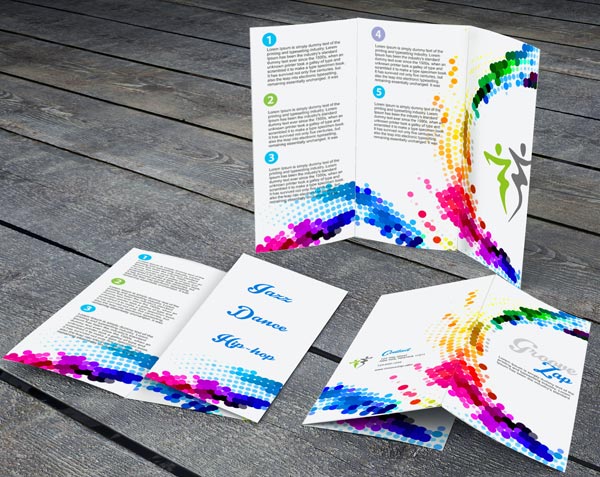
Gate Fold
A gate fold, or barn door fold, is just what it sounds like: a fold that opens up in the center like a gate. An open gate fold starts as a rectangle, and its outer edges are folded inward once to meet in the middle.
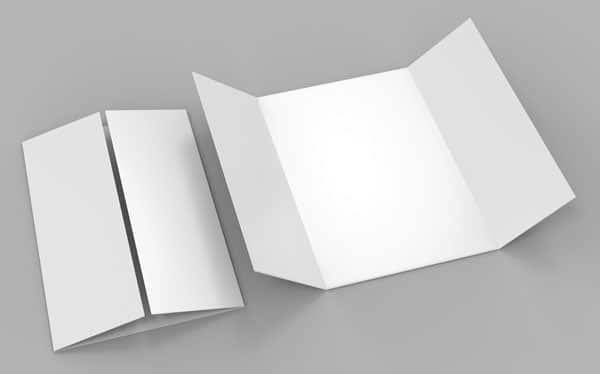
A closed gate fold is folded one extra time over the center to create a shape that looks like a booklet.
Giant Folds
How do you get more content into your printed piece without cluttering it? Easy: use a bigger piece of paper, and fold it down. Change any of the standard folds into “giants” by adding more folds, like in the image below:
Accordion Fold
An accordion fold, when fully expanded and standing up, looks like a “Z” from the top. It can have any number of panels, but three is the minimum.

Iron Cross
An cross fold fold is a sheet of paper that starts as a cross shape, and each panel folds into the center. Here’s what it looks like:
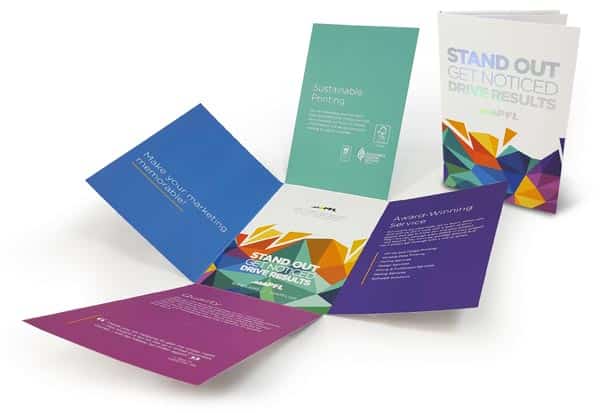
“Reveal” Folds
A reveal fold opens up, one panel at a time, until the piece is fully extended. These can be square or rectangular, and can have multiple panels or just a few. These are like cross fold folds that expand out to a square or rectangle, rather than a cross shape.
Hidden Panel Folds
The hidden panel fold has an additional panel that can’t be seen until the whole piece is unfolded. It may resemble a “T” or “L” shape when completely open, an cross fold, or a unique geometric form.
Similar to the “reveal” fold above, a hidden panel fold allows a reader to explore your content as they work their way through the material. This encourages them to hold onto it longer, making it a great tactic for marketing or advertising materials.
Snake Fold
A snake fold is ideal for storytelling, as it reveals one panel at a time until it’s fully extended. The paper for a snake fold is cut so that the folds “snake” around from one corner to the other. See below:
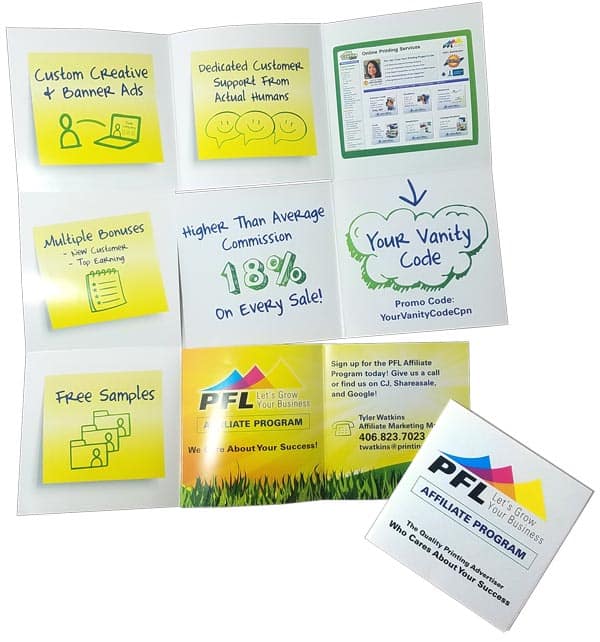
Pocket Fold
A pocket fold incorporates a physical pocket within your content where you can slip a business card, brochure, coupon, or additional information. You’ve seen these before in standard pocket folders — but there are plenty of ways to customize this fold to your needs.
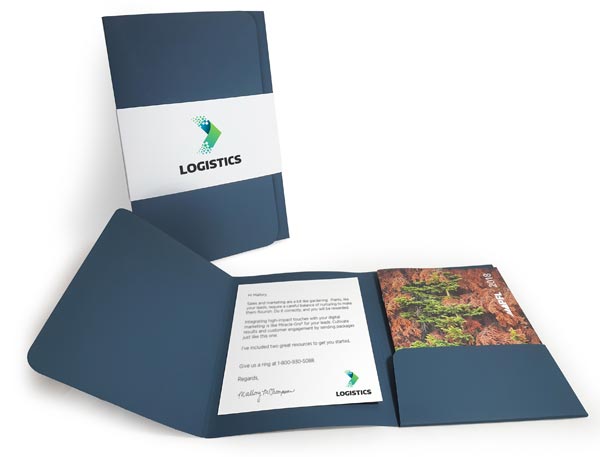
Twist Fold
In a twist fold, a small square expands into a larger square when you pull on opposing corners. There are many intricate folds within this piece to allow it to cleanly “twist” open and closed.
Exotic Folds
Unless you’re into origami, you may be starting to run out of ideas. But if we dig deeper, you’ll see there is more to the art of folding than first meets the eye.
“Folding Fanatic” Trish Witkowski has yet to run out of ideas. Witkowski is the founder of FoldFactory.com, a printing site that specializes in unique folds.
3D Folds
3D folds are complex, but truly artful and more memorable than typical folds. A great resource for learning more about 3D folds are Paul Jackson’s books Cut and Fold Techniques for Promotional Materials and Folding Techniques for Designers: from Sheet to Form. Though these folds tend to be difficult to learn, they may be well-worth it if you’re interested in the art of folding.
Although Jackson’s folds are mostly used to teach design students, he says that “practical concepts of folding can be adapted infinitely by any designer from any design discipline, using any sheet material.”
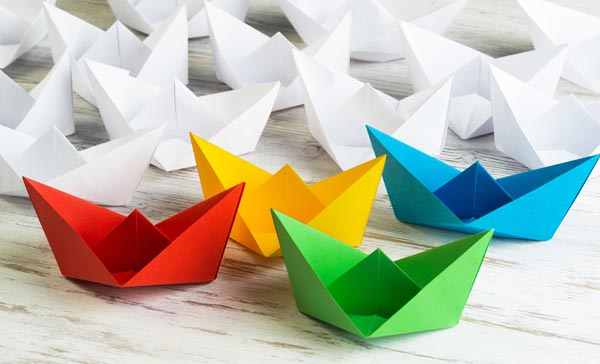
Go on, give it a try! You don’t have to be an origami expert to discover a gorgeous fold that serves the perfect function. And when you’re ready to print your design, Printing for Less offers standard folds on most items for only one cent more than the base price, and complex folds which have to be folded by hand begin at six cents over the base price, depending on the intricacies of the fold and the weight of the paper. Get in touch with us today to learn more, we love phone calls.
